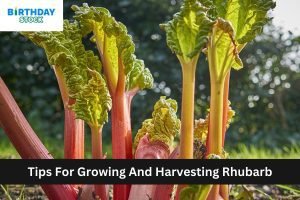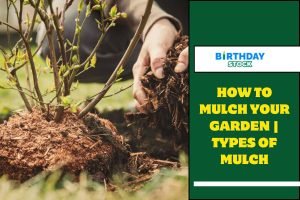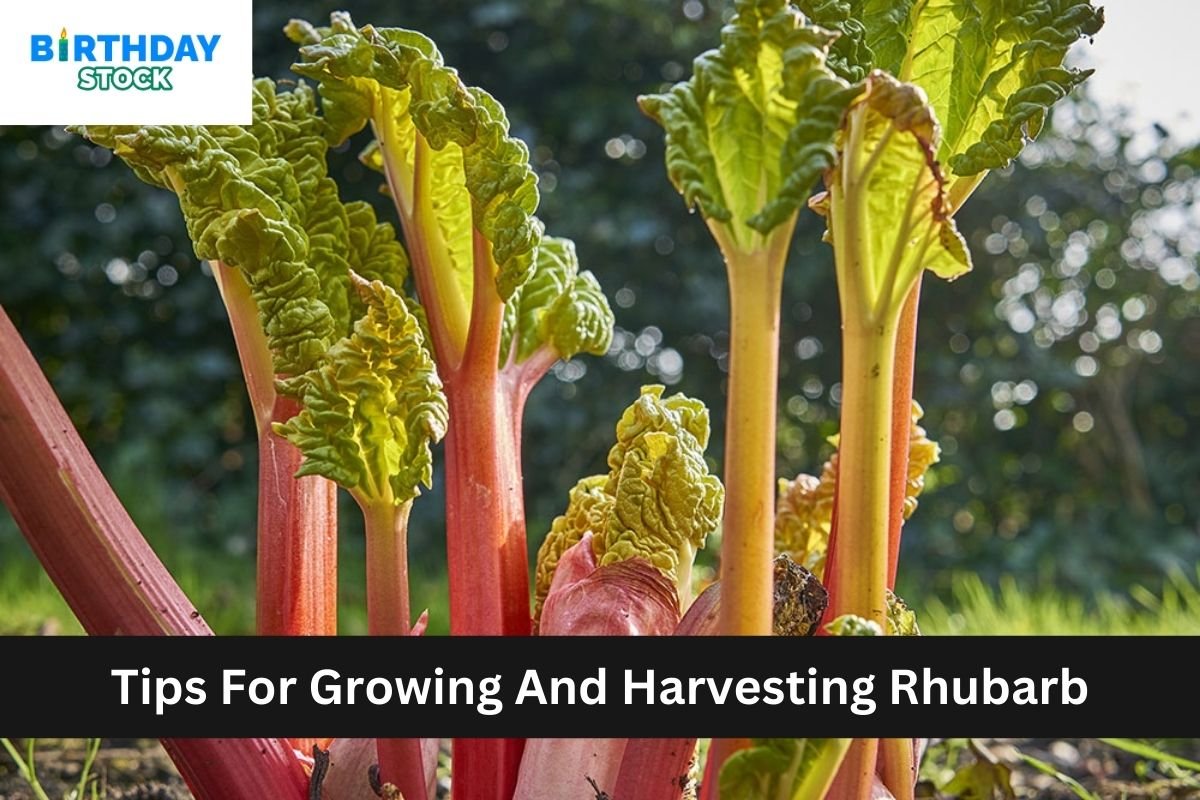12 Dwarf Fruit Trees For Small Garden Spaces:-You shouldn’t let the fact that you have a small garden space prevent you from experiencing the thrill of cultivating your own citrus fruits. Dwarf fruit trees are a fantastic choice for small gardens, balconies, or even patios because they have compact growth habits while still producing an abundance of tasty fruits. This makes them an ideal answer for these space constraints.
12 Dwarf Fruit Trees For Small Garden Spaces
In this post, we will discuss twelve different species of dwarf fruit trees that are perfect for small garden settings. These trees will allow you to eat fresh fruit directly from your own backyard.
1. Dwarf Apple Trees
You can grow dwarf apple trees in small areas, like “Dwarf Gala” or “Dwarf Fuji.” They grow to be about 6 to 8 feet tall and can be grown in pots or small yard beds.
Pick types that can pollinate themselves to make it easy to grow fruit.
2. Dwarf Pear Trees
Pear trees that are small, like “Dwarf Bartlett” or “Dwarf Comice,” do well in gardens that aren’t very big.
Their fruits are sweet and juicy, and they stay small enough to handle, which makes them great for city gardens or patio pots.
3. Dwarf Peach Trees
Some dwarf peach trees, like “Bonanza” or “Pix Zee,” produce tasty, homegrown peaches that are easy to store.
You can grow these trees in small areas or even big pots on sunny balconies. They get about 5 to 7 feet tall.
4. Dwarf Cherry Trees
Compact cherry tree types, like “Stella” or “Compact Stella,” are great for gardens with limited room.
They grow easily-cared-for trees that bear lots of sweet cherries.
This makes them great for urban gardens or backyard pots.
5. Dwarf Plum Trees
Because they grow so small, dwarf plum trees like “Dwarf Santa Rosa” and “Dwarf Methley” are great for small spaces.
The branches on these trees are so small that they can fit in flower beds or containers, and they produce juicy plums.
6. Dwarf Apricot Trees
You can get the taste and beauty of apricots in a small package from dwarf apricot trees like “Dwarf Goldcot” or “Dwarf Moorpark.”
These trees grow to be about 5 to 7 feet tall, which makes them great for small fields or big pots on sunny balconies.
Also Read:-
Strawberry Bread Recipe – Step by Step Guide
7. Dwarf Lemon Trees
Lemon trees that are small, like “Meyer Improved” or “Dwarf Eureka,” are great for gardens that aren’t very big.
On their dwarf-sized branches, these trees grow juicy lemons, so they can be grown both inside and outside.
8. Dwarf Lime Trees
Dwarf lime trees, such as “Dwarf Key Lime” or “Dwarf Persian Lime,” have the sour taste of limes but are small.
You can put these trees in small gardens or even big pots on sunny patios to get fresh limes for cooking or making drinks.
9. Dwarf Orange Trees
Some types of orange trees, like “Dwarf Valencia” or “Dwarf Navel,” are small enough to fit in small gardens.
The dwarf-sized branches of these trees grow sweet, juicy oranges, so they can be grown both inside and outside.
10. Dwarf Fig Trees
Dwarf fig trees, like “Dwarf Brown Turkey” or “Dwarf Celeste,” produce tasty figs that are small.
You can put these trees in small gardens or even big pots on sunny patios to get fresh figs for cooking or snacking.
11. Dwarf Olive Trees
‘Dwarf Arbequina’ or ‘Dwarf Picual,’ which are small olive tree varieties, are great for gardens with limited room.
The dwarf-sized branches of these trees produce tasty olives, so they can be used in both yard beds and pots.
12. Dwarf Persimmon Trees
Persimmons from dwarf trees, like “Dwarf Fuyu” or “Dwarf Hachiya,” are sweet and tasty and come in small packages.
You can grow these trees in small gardens or even big pots on sunny patios to get fresh persimmons for eating or baking.















